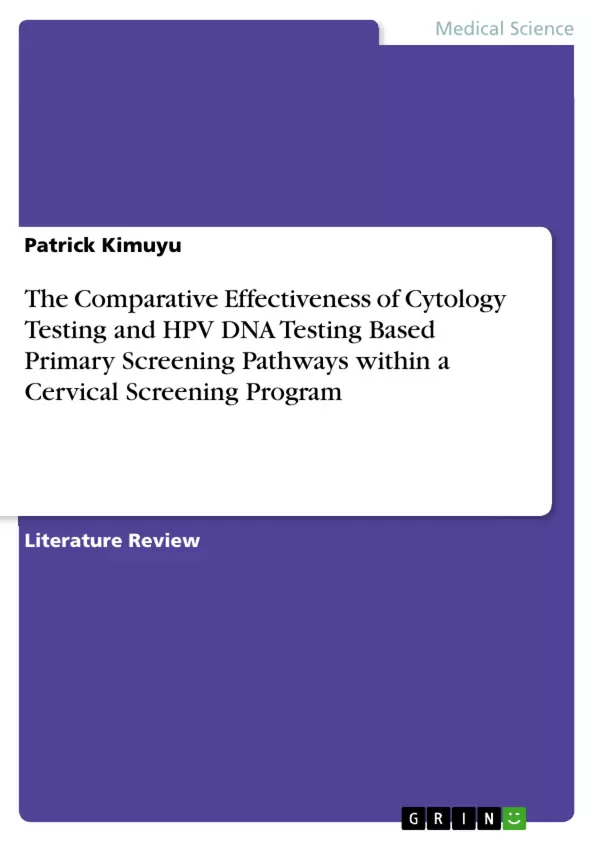Primary screening of cervical cancer has been faced with an array of challenges which are attributable to the lack of appropriate technology. These challenges compromised the effectiveness of screening programs in different countries. It is apparent that the detection of cervical cancer precursors forms the basis for the success of screening programs for cervical cancer leading to the reduction of cervical cancer incidence and prevalence trends. Currently, there are two diagnostic methods that can be used for primary screening of cervical cancer: Pap cytology and HPV DNA test. However, the comparative effectiveness of this diagnostic tests indicate that HPV test is more effective than Pap cytology which is used as a first-line diagnostic method in cervical cancer prevention programs in many countries. Cytology testing and HPV testing differ significantly on the level of accuracy and sensitivity. Evidence studies indicate that HPV test exhibits high sensitivity and accuracy compared to Pap test. In a publicly-financed healthcare system such as the US, Canadian and EU, HPV testing has been proven to be more cost-effective than Pap test. Therefore, there is need to adopt HPV test for triage and primary screening.
- Citation du texte
- Patrick Kimuyu (Auteur), 2018, The Comparative Effectiveness of Cytology Testing and HPV DNA Testing Based Primary Screening Pathways within a Cervical Screening Program, Munich, GRIN Verlag, https://www.grin.com/document/388418



